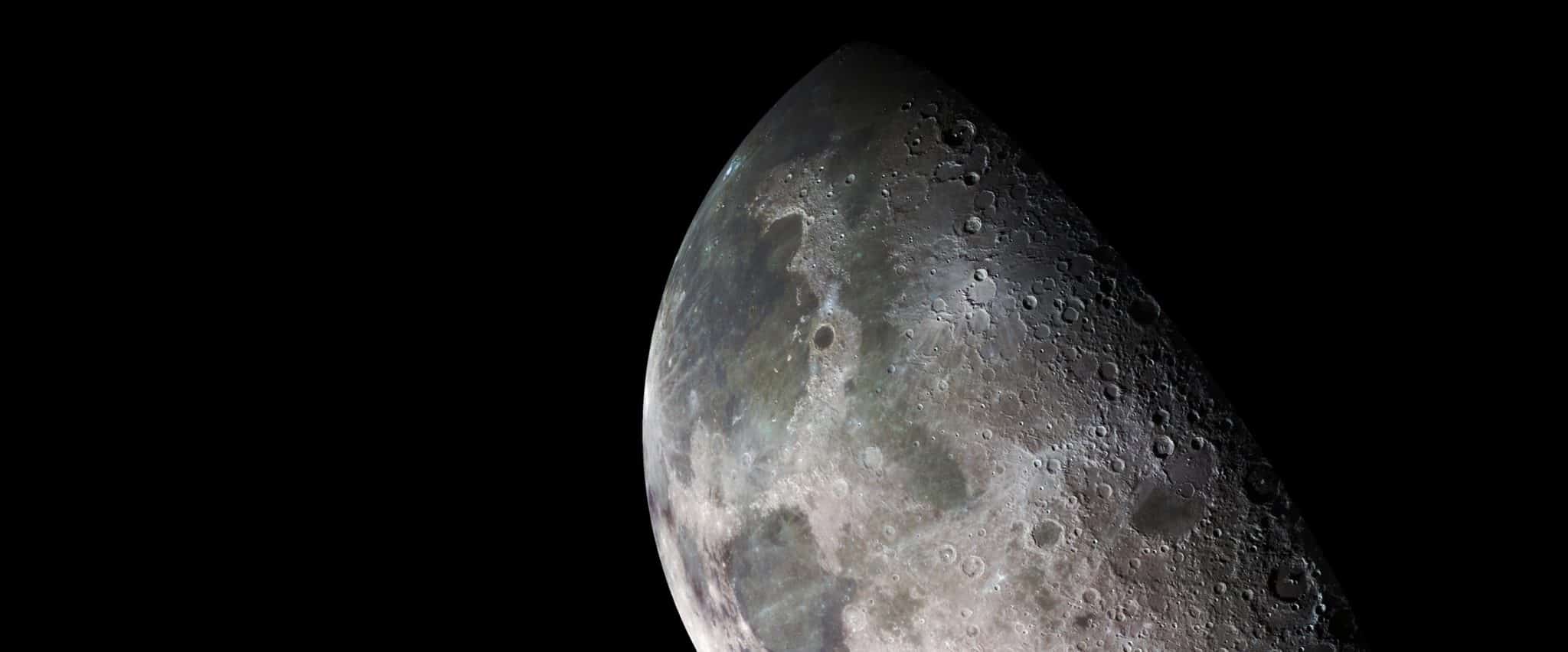
Power vs. Mobility Dilemma: Dispelling the Illusion of Large-Scale Helium-3 Extraction from the Lunar Surface
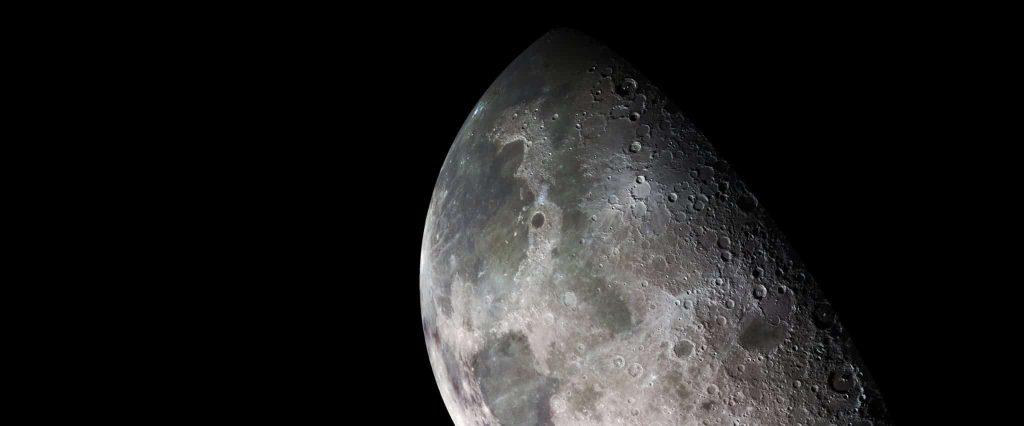
Nearly four years since its inception, Qosmosys embarked on a mission to consult scientists across three continents to explore the potential for extracting Helium-3 from the Moon’s surface. Interestingly, the panel of responses appeared sharply divided into two camps: those advocating for extraction and those opposing it vehemently. However, neither side could substantiate their stance with data, transforming a scientific inquiry into a matter of opinion—an incongruity within the nature of scientific reasoning.
In response, Qosmosys endeavored to conduct a reality check by collaborating with scientists and engineers to rigorously analyze the facts and assess the feasibility of various engineering options for Helium-3 extraction, employing applied technology and scientific principles. Concurrently, extensive research was conducted into nascent disruptive technologies to align the entire value chain and ensure the productive extraction of He3 within a specified timeframe, typically ten years, considering the present market demand (25kg per year) and potential upscaling in case nuclear fusion with Helium-3 is proven feasible on Earth. The conclusion is unequivocal: current ambitions for extracting substantial quantities of Helium-3 from the lunar surface are, at present, more speculative than feasible.
Helium-3, carried by the solar wind, is predominantly trapped within the Moon’s finest regolith, a relatively shallow layer. This precludes extensive excavation, making Helium-3 extraction primarily a surface endeavor across the Moon’s vast expanse—spanning nearly forty million square kilometers. Therefore, extracting sufficient quantities of Helium-3, given that a metric ton of regolith contains just over 2mg of the gas, requires mobile solutions capable of traversing vast areas. These mobile units, often termed ‘rovers’, offer two potential strategies: conducting a complete extraction process directly on board each rover, yielding gas that may potentially be liquefied at 2 Kelvin, or transporting regolith to a central processing facility, where the gas extraction process would take place.
The former approach would necessitate each reasonably sized rover to possess a seven-digit electrical power capacity (in Watts), a requirement that is currently impractical. Conversely, the latter strategy would severely hamper efficiency, as constant transportation of regolith would drastically reduce productivity.
Confronted with this dilemma, the quest for a viable extraction method appears exceedingly challenging. While history has seen unexpected technological breakthroughs, in the present case, a solution capable of mass-producing such gas, say 50kg/year, remains elusive. Meanwhile, an overemphasis on extracting rare resources could have detrimental consequences for the Moon—a celestial body that needs to be responsibly protected as an unchanged heritage to humanity.
In light of this, Qosmosys continues to explore the potential of the Moon economy, discerning real applications that offer pragmatic business solutions. Regarding Helium-3, Qosmosys believes that terrestrial initiatives, such as those undertaken by Laurentis Energy Partners to produce Helium-3 on Earth, may offer a viable alternative, bypassing the logistical challenges of lunar extraction and simplifying the supply chain.
This serves as a reminder that sometimes, the solutions we seek in outer space can also be found closer to home.

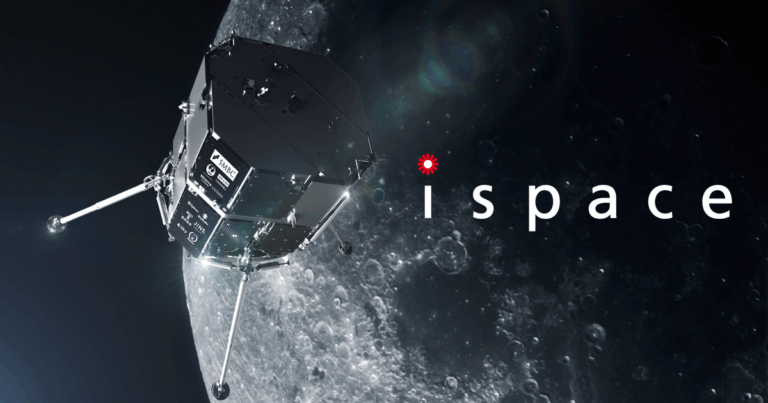
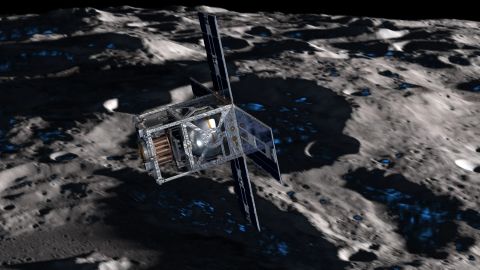
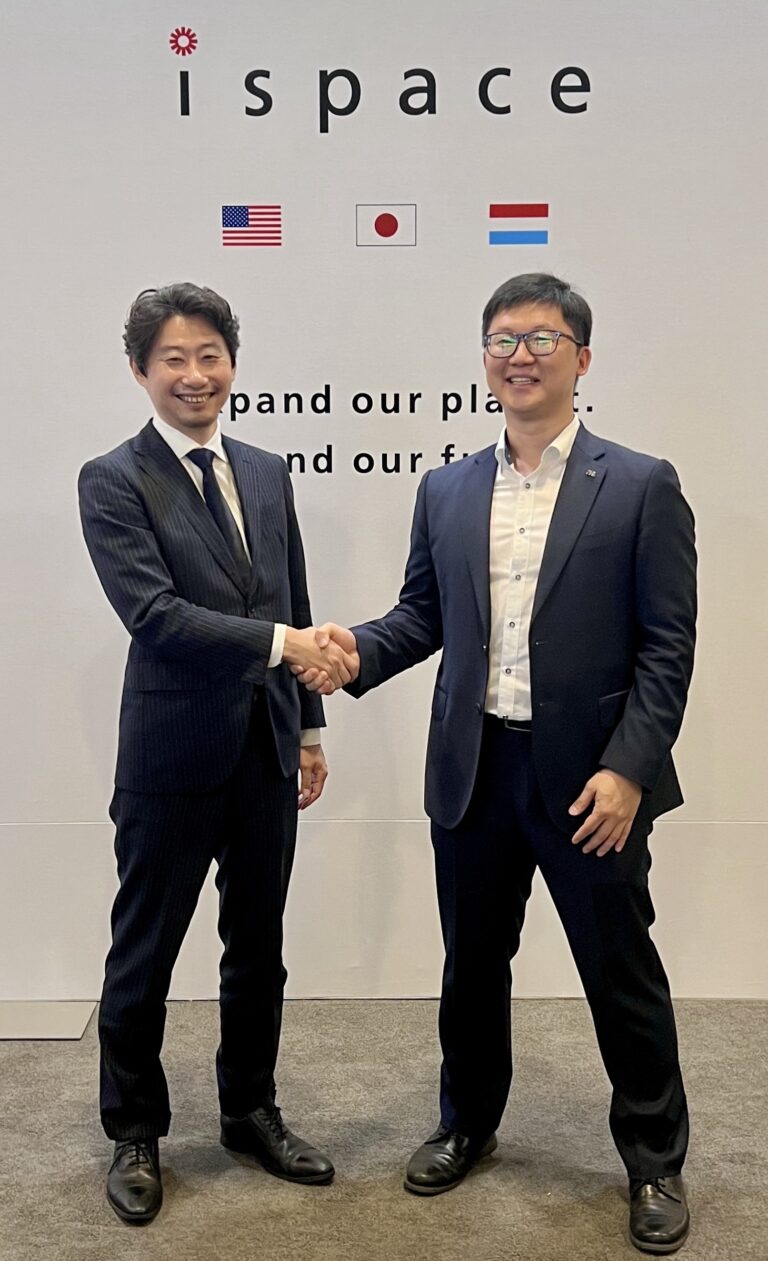
You must be logged in to post a comment.